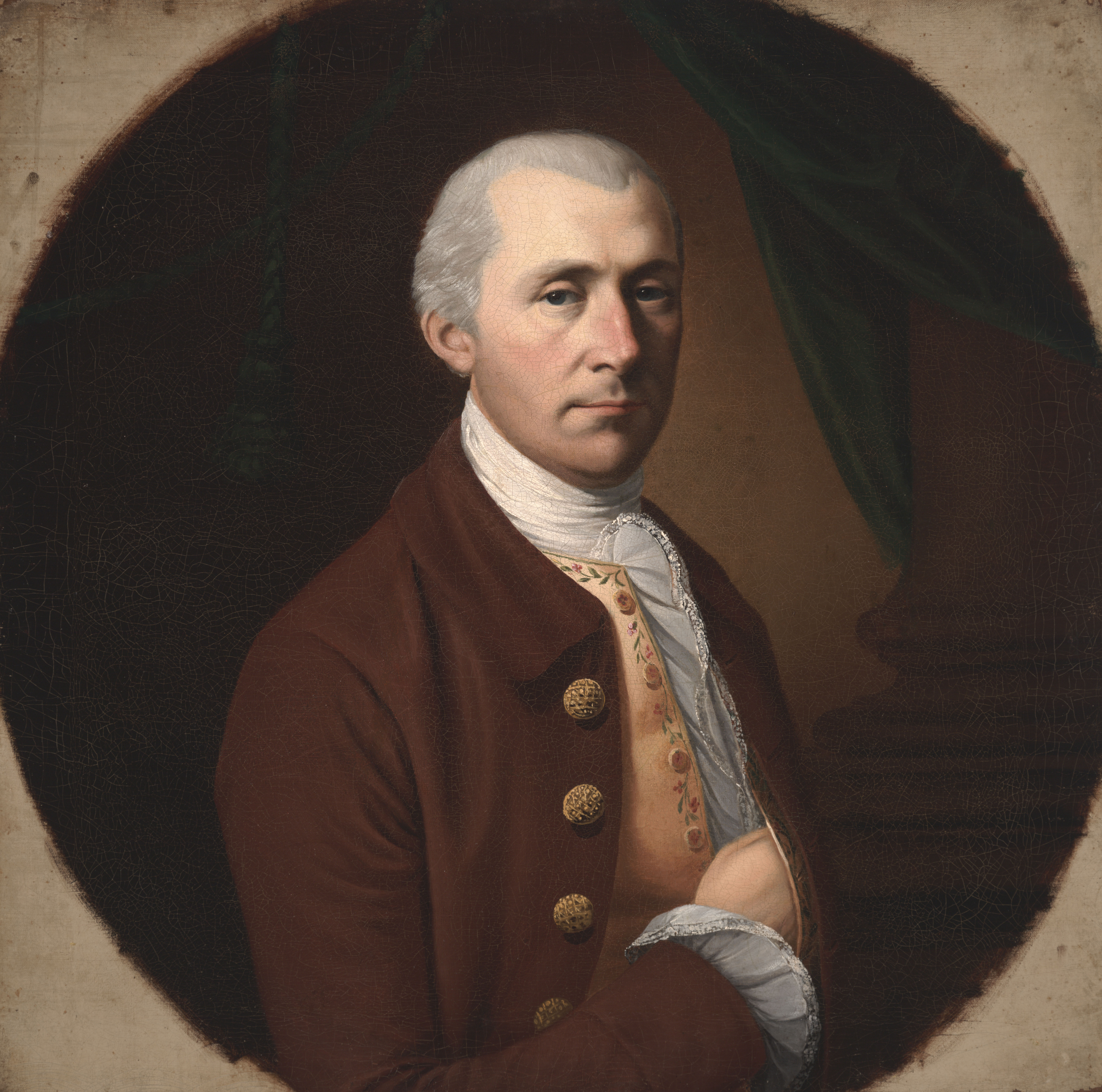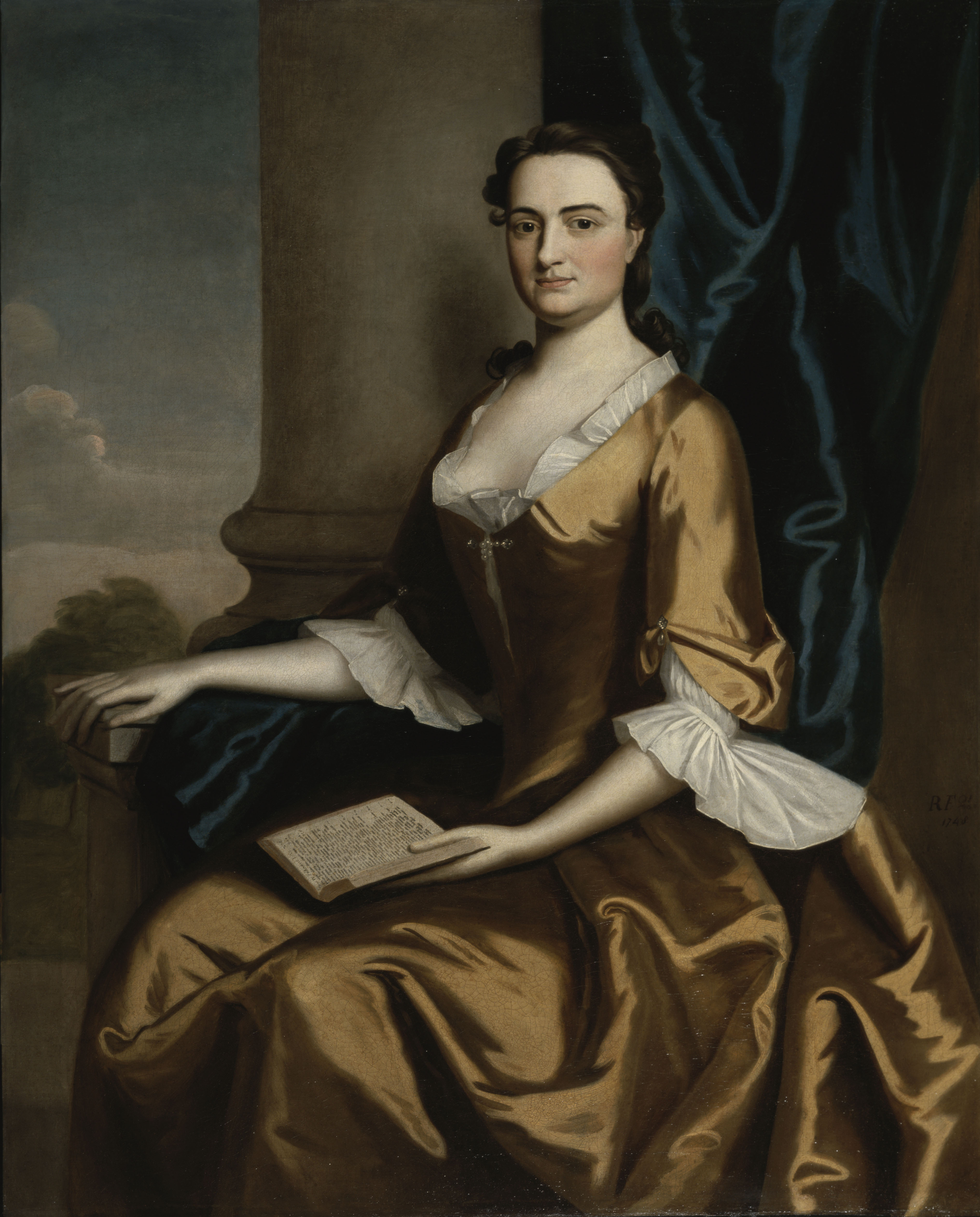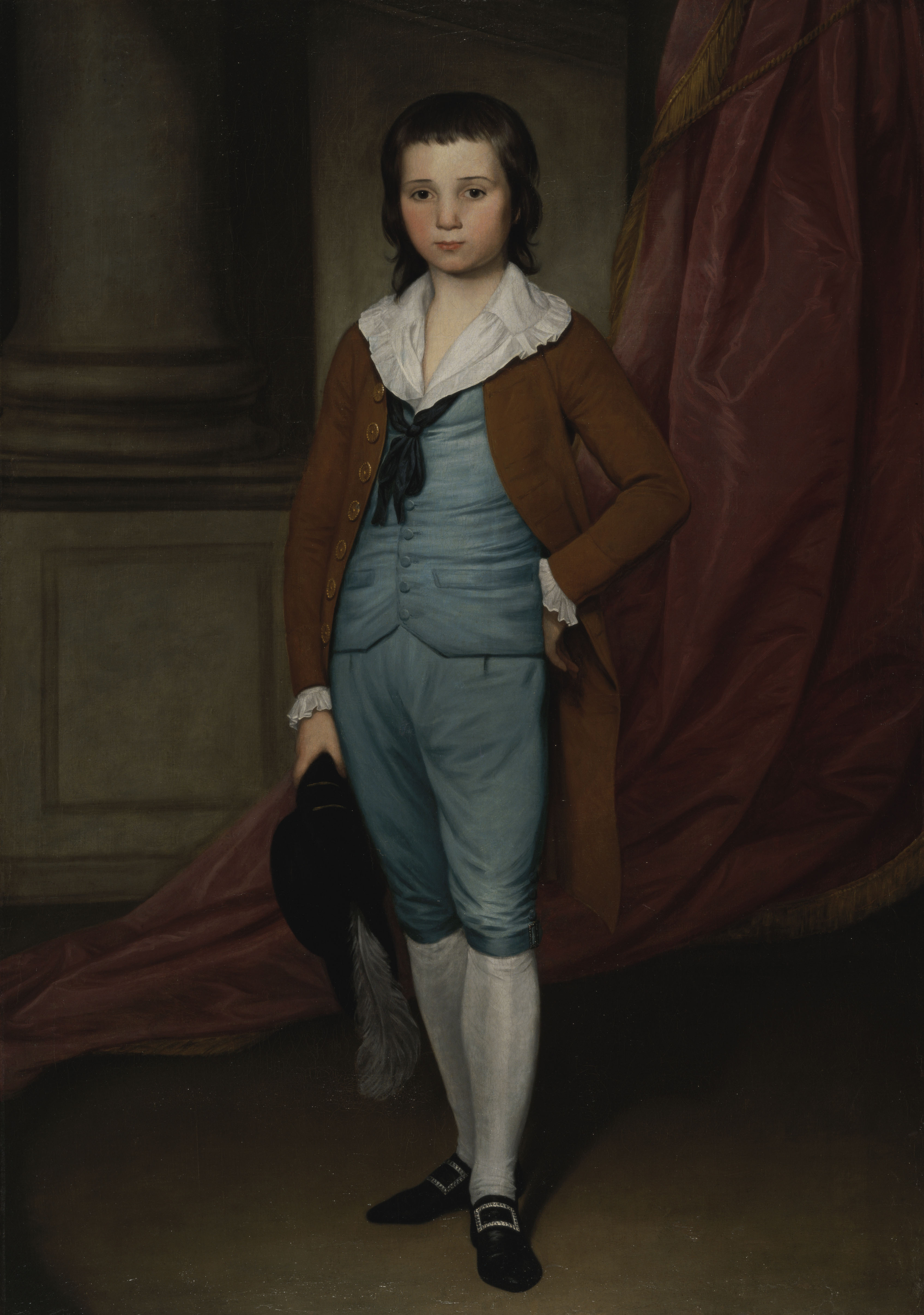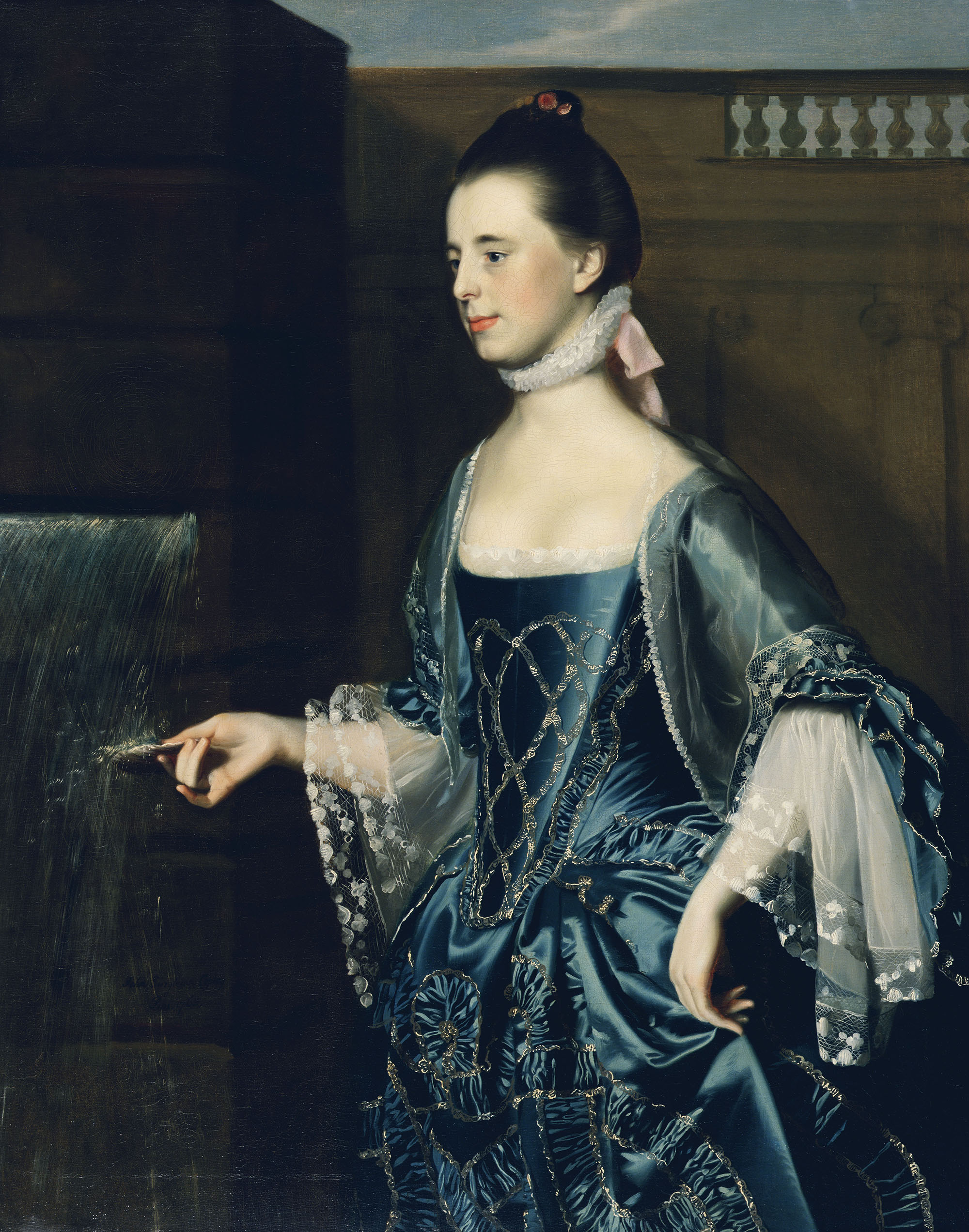Robert Shewell, Jr.

What is the power of the gaze?
Robert Shewell Jr. was a young Philadelphia shipmaster. His sister, Elizabeth, was the wife of leading American expatriate artist Benjamin West. Benbridge had lived with the West family in London, and his portraits of Mr. and Mrs. Shewell are painted with the warmth of family and kinship. The sitter’s fashionable outfit indicates that the portrait was painted in the early 1770s, immediately after the artist’s return from London.



